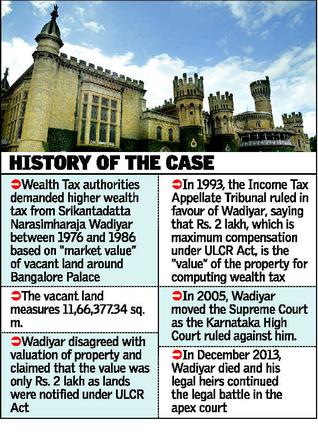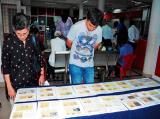Surathkal :
A take-home lab complete with equipment, albeit in a virtual avatar. SOLVE (Students Online Lab for Virtual Experimentation), a virtual lab designed by students of National Institute of Technology (NITK), Surathkal, can be accessed using smartphones and computers which have internet connectivity.
“Students of four streams came together to make V-lab a reality and, that too, after two years of hard work. The lab was introduced with the primary objective of experiential learning of basic concepts in engineering technology and science. SOLVE makes the labs available as per the learner’s time, pace and place, and makes it easier to conduct experiments,” said Prof KV Gangadharan, HoD, mechanical department and the lab’s co-coordinator.
SOLVE’s website (solve.nitk.ac.in or vlab.co.in) has over 1 lakh active users across the world over. NITK is among the 12 institutions to set up the lab, eight among which are IITs. “We are essentially providing a take-home lab where we share costly laboratory equipment through remote-triggered lab infrastructure,” said Gangadharan.
Simulation labs related to chemical, civil, electrical and mechanical engineering are available at NITK, while other subjects are made available through IITs. “We have around 100 simulation labs on the virtual lab website (vlab.ac.in) and 30 remote-triggered labs. A remote-triggered lab is where an actual experiment at one location can be accessed by students anywhere, and they can make changes remotely while the experiment in on,” he said. The ambitious project is an initiative of human resource development ministry under the national mission on education through information and communication technology (ICT).
source: http://www.timesofindia.indiatimes.com / The Times of India / News Home> City> Bengaluru / by Kevin Mendonsa, TNN / September 26th, 2015




